Week 3/2024: Built to move (part 2)
Week of 15 January 2024
Last week I wrote about embarking on the 10-day Built To Move Challenge, hosted by Kelly Starrett and Juliet Starrett of The Ready State.
This is part 2.
Built to Move Challenge
The 10 days of this challenge are based on the 10 chapters of the book Built To Move, which I read last year.
The challenges include assessing your balance and shoulder rotation, how long you spend sitting each day, how much you walk and how much sleep you get. These assessments give you an idea of where you’re at in each of these things and are accompanied with some specific mobilisation exercises to try.
There’s also a suggested habit stacking set of areas that you can start out with and build on later.
I wrote last week about being able to do the “sit and rise” test, which is where you try and sit down cross-legged on the floor and get back up again without using any support.
I can do this.
I was off to a good start.
Week 1
Day 2 involves the breath hold test, also known as the BOLT test, popularised by Patrick McKeown, author of The 02 Advantage and The Breathing Cure. This chapter talks about the benefits of nasal breathing, which I was already aware of, having read the book Breath by James Nestor.
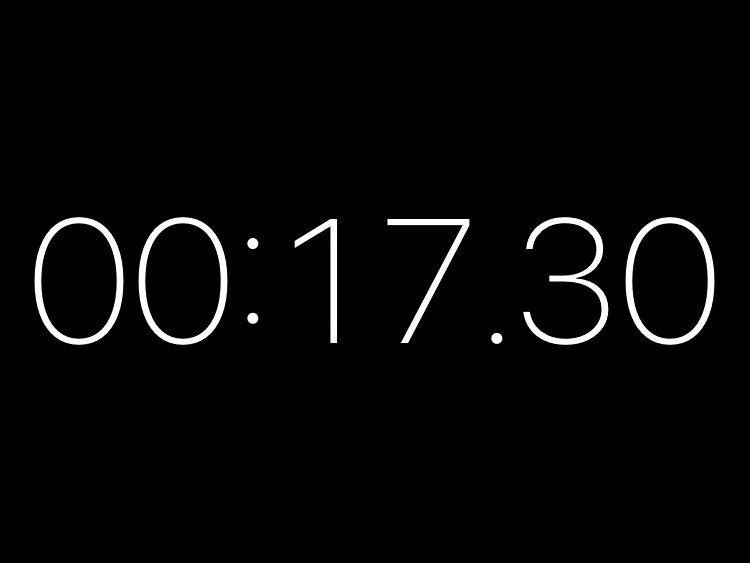
My score in this test was “a good starting place” but not anywhere near where it should be, which is around 40 seconds. Fortunately, breathing is a fairly easy thing to practise.
Day 3 is about hip flexing and thanks very much I already know this is an area I’m not strong in. I did get uncomfortably to position two (out of three) of the “couch test”, so that’s my starting point for improvement.
For the Day 4 test, you need to take your step count over three days and average it, with the aim of getting 8,000 to 10,000 steps every day.
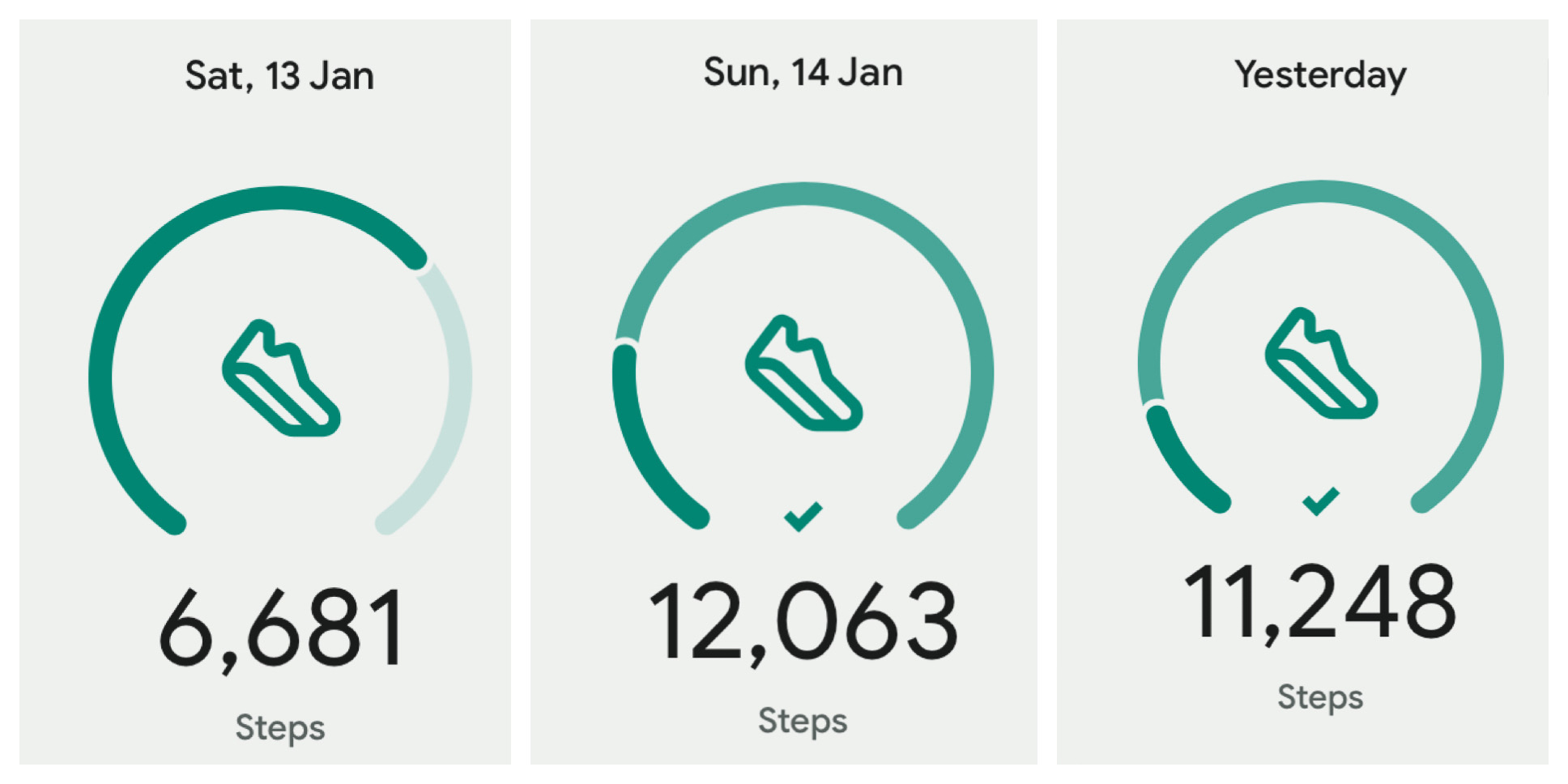
I was doing this regularly before I got sick so I have some work to do to get back to where I was.
We were away over the weekend so I missed a few challenges and had to make them up when we go back.
Week 2
The first of these was for my neck and shoulders and if there’s any part of my body that’s less mobile than my hips, it’s my shoulders. I didn’t expect to do well on these tests, and for the shoulder rotation test, I couldn’t even get my arm on the ground, much less push my hands into the floor.
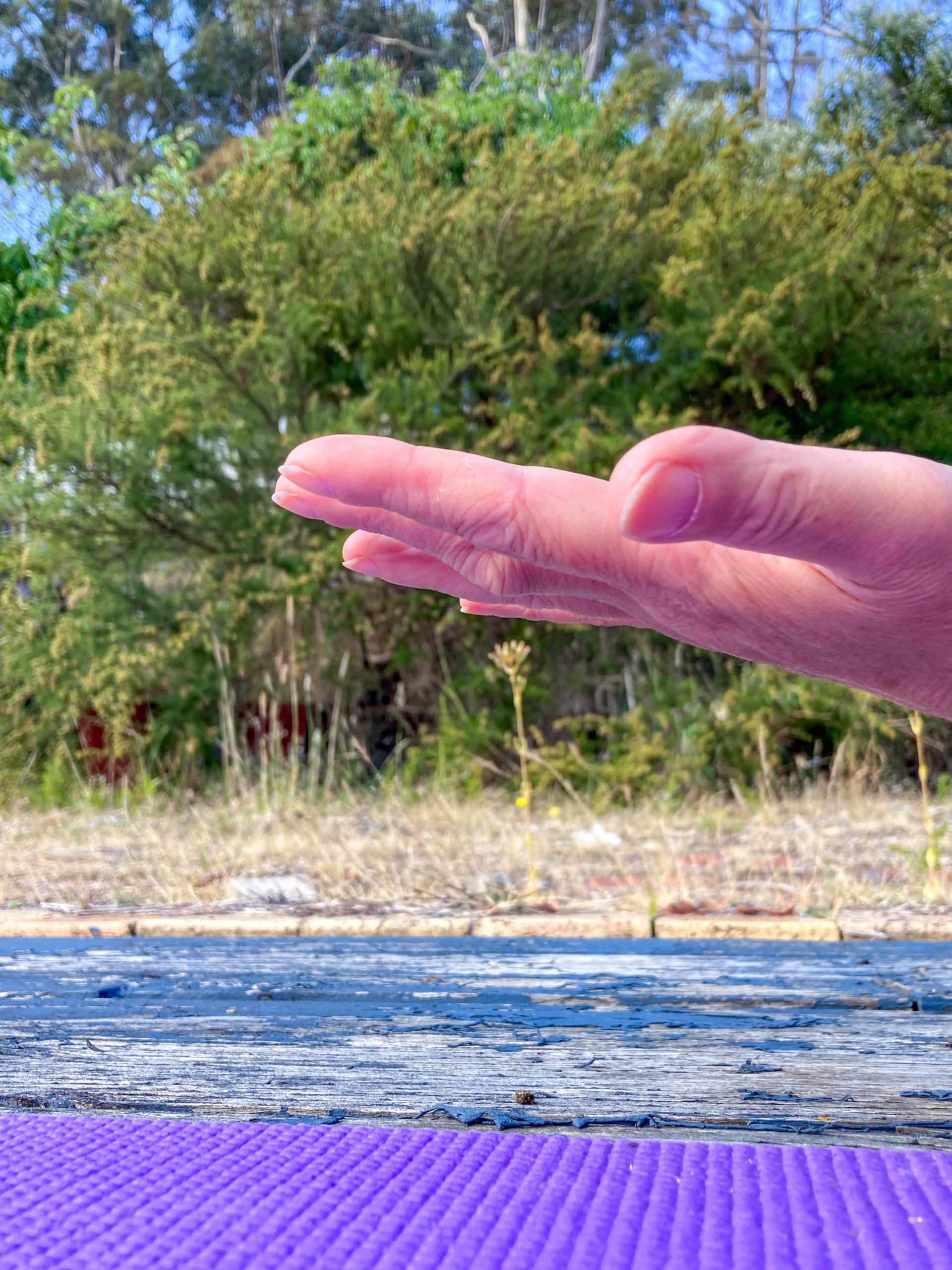
I skipped day 7 about eating more vegetables and making sure I got enough protein and moved onto day 8.
This was the squat test, which I can do but I need to improve so I can get my feet flat on the floor. You don’t need to see a picture of this. (It’s on my instagram.)
Apparently, hanging out in a deep squat with your feet flat on the floor is great for hip flexion and external rotation, knee flexion, and ankle dorsiflexion—everything these joints should be able to do, but all at the same time.
Dorsiflexion. I had to google this and I know you want to know too. It’s when the foot stretches back towards the shin, as opposed to plantar flexion, which is when you flex your foot down. Good dorsiflexion is necessary to give you an effective “toe off” when you walk, which is one of the things I haven’t been able to do lately.
I think next time I see my foot physiotherapist I will dazzle him with my knowledge of dorsiflextion and its relationship to my non-existent toe-off . . .
Add deep squats to the daily practices.
On day 8 I got back to something I could do easily: balance.
Standing on one leg with my eyes closed for 20 seconds, however, is difficult. Way more difficult than with my eyes open when I can easily balance for two minutes. Late buses provide many opportunities to practise this. Even so, I passed the 20 second test, and I can put my shoes on standing on one leg (the “old man” test.). There are also easy practices to do on a daily basis. Remembering to do them is the hard part.
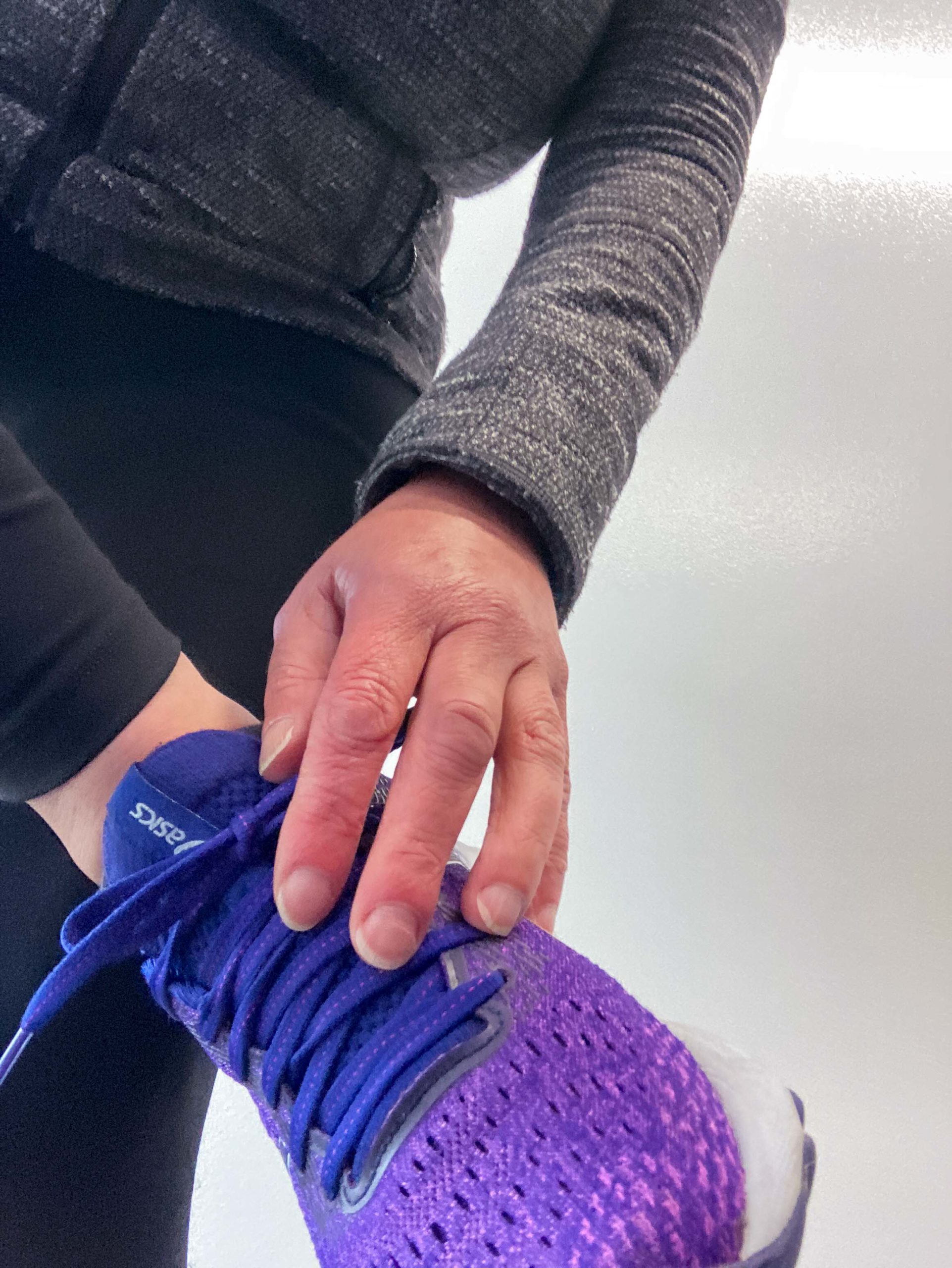
Day 9 is called “create a movement-rich environment”, which is about sitting less and moving more during the day. I’m sure you’ve heard me say on many occasions I need to do this. It’s on my more and less list I wrote about in week 1. The standing desk at work helps, but, on days I’m not at work . . .
The book says I need to “do whatever it takes to remind [me] to get out of [my] chair every 30 minutes—an electronic alert on [my] computer, an alarm on [my] watch—and OBEY it”.
I really do need to do this.
Unfortunately, I’m not good at obeying alarms, even if they are in capital letters . . .
I’m also not good at setting them in the first place. So I know this is something I have to do better.
The final challenge was another one from my more or less list: Sleep.
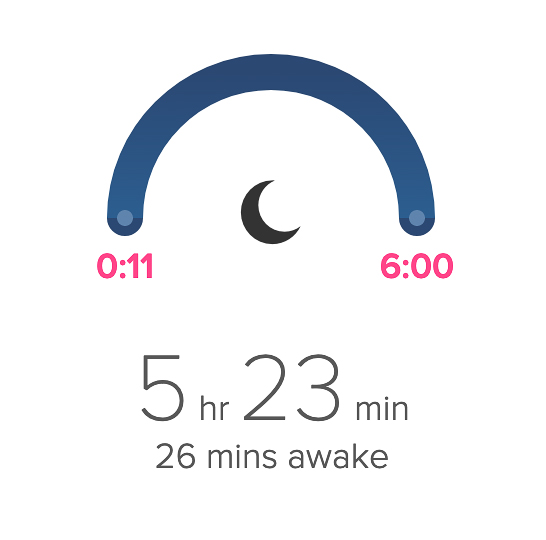
I haven’t been sleeping well since I got sick and apparently poor sleep and insomnia is a symptom of covid so who knows how long this might last. But I’m also not doing myself any favours by staying up later than I usually do, so I need to start moving my bedtime back to where it was at the end of last year and see if things improve.
What next?
Pulling it all together, the things I want to focus on to start with are:
- LESS SITTING: Get up from my desk every 30 minutes (Bonus points: do some movements from the challenges when I get up, like deep squats and balancing and even the dreaded couch test from day 3)
- MORE SLEEP: Be consistent with shutting down my computer and getting ready for bed at 9.30
- MORE MOVEMENT: Knowing that I’m not back to my pre-covid fitness, aim for at least 8,000 steps every day
The rest will come later.